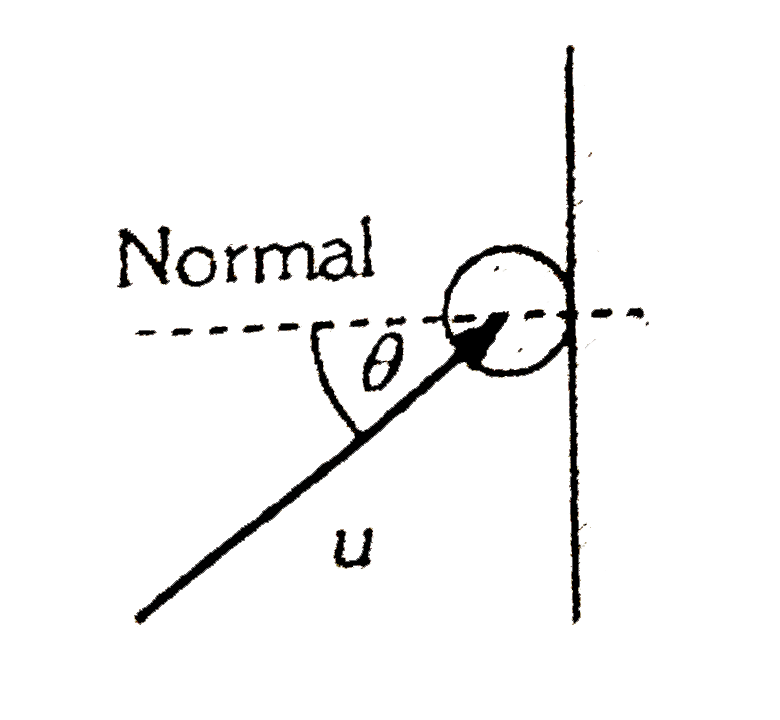A ball moving at a velocity v=10m/s hits the foot of a football player. Determine the velocity u with which the foot should move for the ball impinging on it to come to a halt, assuming that the mass of the ball is much smaller than the mass of the foot and that the impact is perfectly elastic.
Step by step video & image solution for A ball moving at a velocity v = 10 m//s hits the foot of a football player. Determine the velocity u with which the foot should move for the ball impinging on it to come to a halt, assuming that the mass of the ball is much smaller than the mass of the foot and that the impact is perfectly elastic. by Physics experts to help you in doubts & scoring excellent marks in Class 12 exams.
Updated on:21/07/2023Topper's Solved these Questions
Similar Questions
A ball moving with a velocity v strikes a wall moving toward the wall with a velocity u. An elastic impact occurs. Determine the velocity of the ball after the impact. What is the cause of the change in the kinetic energy of the ball ? Consider the mass of the wall to be infinitely great.

View SolutionA ball of mass m moving with velocity u impinges on a ball of mass em moving with velocity eu in the opposite direction. If the impact be direct and e be the coefficient of restitution then the velocity of the second ball after impact is the same as that of the first ball before impact.
View Solution
Knowledge Check
A ball moving with a velocity v hits a massive wall moving towards the ball with a velocity a. An elastic impact lasts for time △t
AThe average elastic force acting on the ball is [m(u+v)]/△tBThe average elastic force acting on the ball is [2m(u+v)]/△tCThe kinetic energy of the ball increases by 2mu(u+v).DThe kinetic energy of the ball remains the same after the collision.A ball moving with a velocity v hits a massive wall moving towards the ball with a velocity a. An elastic impact lasts for time △t
AThe average elastic force acting on the ball is m(u+v)ΔtBThe average elastic force acting on the ball is 2m(u+v)ΔtCthe kinetic energy of the ball increases by 2mu (u + v)Dthe kinetic energy of the ball does not changeA ball of mass 3 kg moving with a velocity of 3m/s collides with another ball of mass 1 kg moving with velocity u in the opposite direction. If the first ball comes to rest after the impact and e=2/7, then u is in m/s, is
A133B173C193D233
A ball collides with a frictionless wall with velocity u as shown in the figure. Coefficient of restitution for the impact is e.
(a) Find expression for the velocity of the ball immediately after the impact.
(b) If impact is perfectly elastic what do you observe?

View SolutionA ball of mass m moving with velocity u strikes another identical ball at rest. Find the velocities of the balls after the collision if the coefficient of restitution is e and the collision is head -on. Also , calculate the loss in K.E.
View SolutionA ball of mass m moving with velocity v collides head on elastically with another identical ball moving with velocity - V. After collision
View SolutionA ball of mass 3 kg moving with a velocity of 3m/s collides with another ball of mass 1 kg moving with velocity u in the opposite direction. If the first ball comes to rest after the impact and e=2/7, then u is in m/s, is
View SolutionA ball moving with a velocity of 6 m/s strikes an identical stationary ball. After collision each ball moves at angle of 30∘ with the original line of motion. Assuming that the collision is elastic, what are the speeds of the balls after the collision?
View Solution
